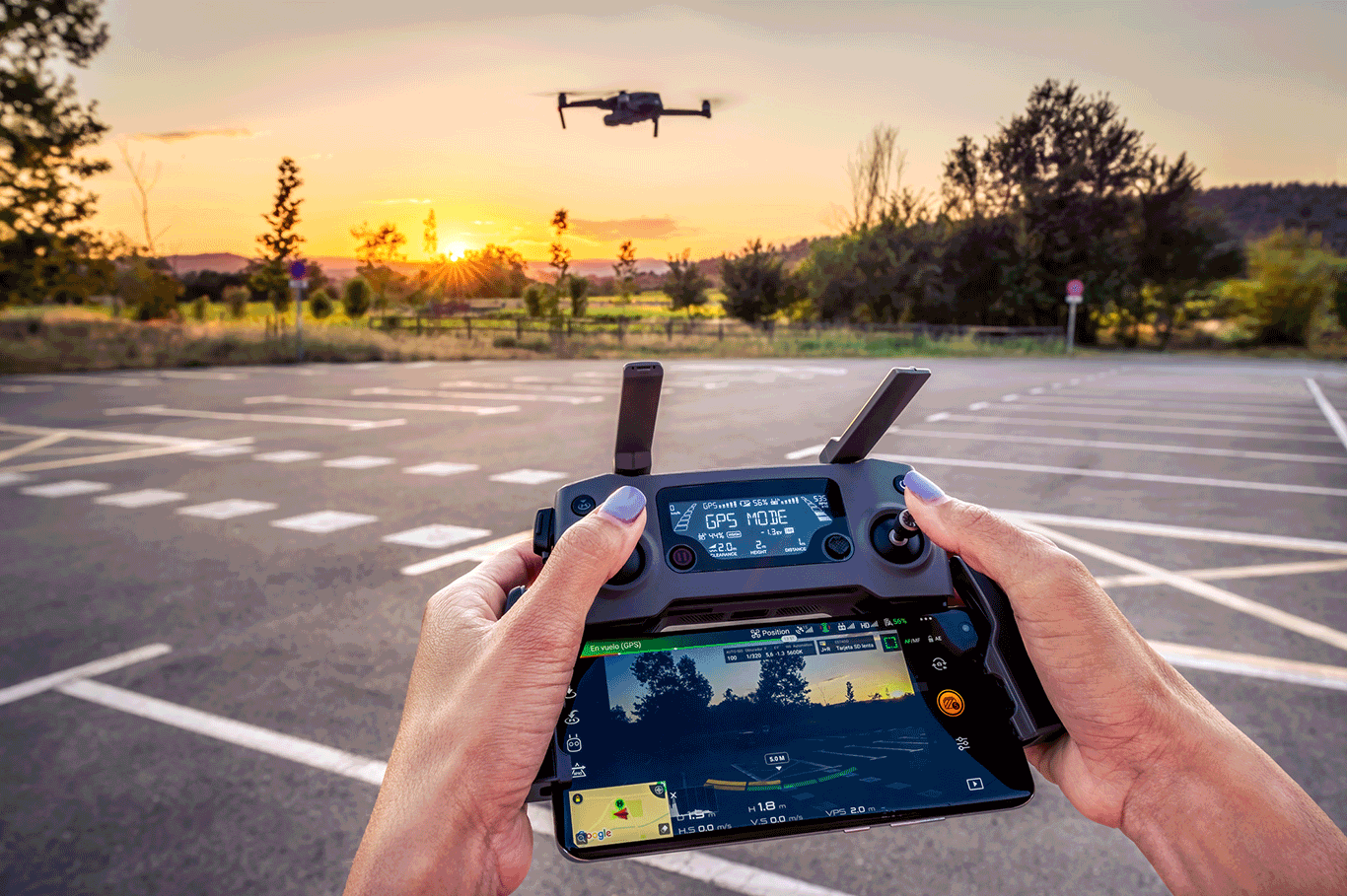The benefits of using drones for property surveys
In recent years, drones have revolutionized the way we conduct building surveys, offering new levels of efficiency and insight. If you’re considering a property purchase or need a detailed assessment of a building, let’s explore why using drone technology can be a game-changer.
One of the standout benefits of drones is their ability to access hard-to-reach areas. Traditional surveys often require surveyors to climb ladders or set up scaffolding to inspect roofs and high facades, which can be both time-consuming and risky. Drones can easily navigate these challenging spaces, capturing high-resolution images and videos from angles that might otherwise be difficult to reach. This not only enhances safety but also saves valuable time during the surveying process.
Speaking of visuals, drones are equipped with high-quality cameras that can produce stunning aerial imagery. This unique perspective allows surveyors to spot potential issues that might go unnoticed from the ground. Whether it’s checking the condition of a roof, assessing drainage systems, or identifying structural concerns, having detailed visuals can lead to a more comprehensive understanding of a building’s state.
Time efficiency is another significant advantage. Traditional building surveys can drag on, especially when extensive setups are involved. Drones can cover large areas quickly, gathering the necessary data in a fraction of the time. This means you can receive your survey results sooner, allowing you to make informed decisions more quickly.
When it comes to cost, using drones can prove to be a wise investment. While there is an upfront cost associated with drone technology, the long-term savings are noteworthy. By reducing the need for scaffolding and minimizing the time spent on-site, drones can help lower overall survey costs. Additionally, the detailed insights they provide can help avoid costly repairs by identifying issues early on.
Drones are not just about visuals; they also collect a wealth of data. From thermal imaging that detects heat loss to 3D mapping for planning renovations, drones provide a comprehensive view of a building’s condition. This information is invaluable for homeowners, buyers, and contractors alike, enabling better decision-making and strategic planning.
Another benefit is their environmental impact. Drones generally have a lower carbon footprint compared to traditional surveying methods. They also minimize disruption to the surrounding area, which is particularly important for properties located in sensitive environments.
Finally, the data captured by drones can be seamlessly integrated into detailed reports. This means you won’t just receive a collection of images; you’ll get a structured analysis that includes annotations and recommendations. This thorough reporting can be a powerful tool for discussions with stakeholders or for planning future work.
In conclusion, incorporating drone technology into building surveys is a smart move. It enhances safety, boosts efficiency, and improves the quality of data collected, ultimately leading to better-informed decisions. Whether you’re a buyer, contractor, or homeowner, considering a drone survey could provide the insights you need to proceed with confidence.
If you have any questions about how drone surveys can benefit your project, feel free to reach out—we use drones for all our RICS level 2, Level 3, listed and heriatge surveys and also damp and timber surveys.
